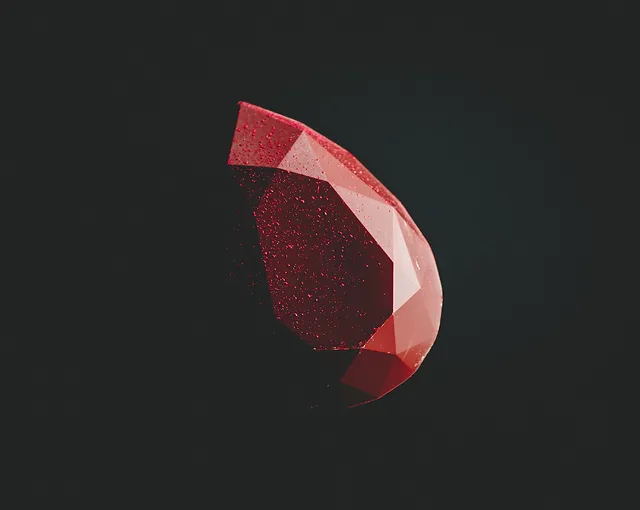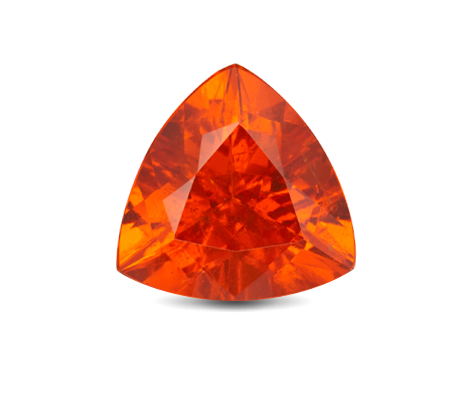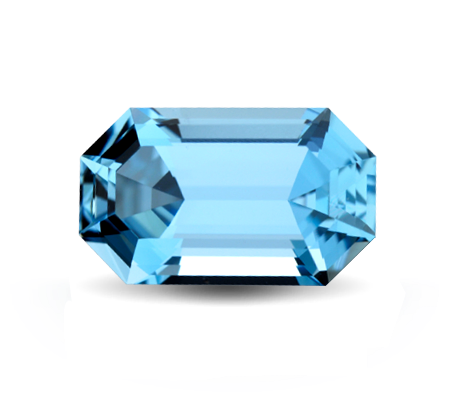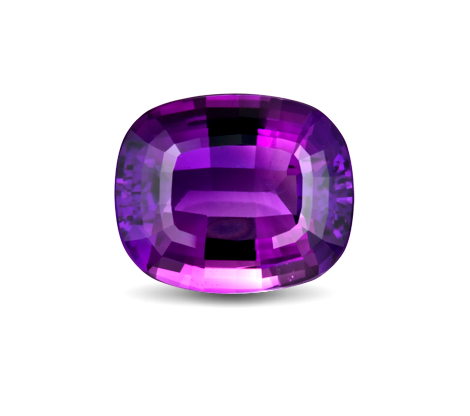Overview

About Ruby
Known as the King of Gems, Ruby is a precious gemstone made from a variety of the mineral called corundum. It belongs to the same mineral family as sapphires. Chromium is the trace element responsible for ruby’s red colour. Rubies command high price per carat and it is highly regarded in the gemstone market.
Ruby Properties
Mineral: Corundum
Chemistry: Aluminium Oxide (Al2O3)
Refractive Index: 1.762 – 1.770
Birefringence: 0.009 (± 0.01)
Specific Gravity: 4.00
Mohs Hardness:9.0
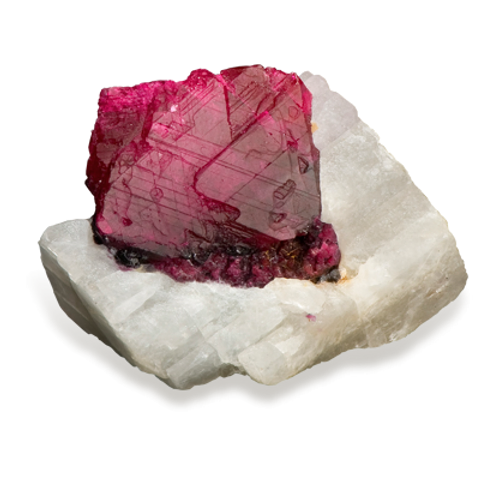
Main Colour
Red
OTHER COLOURS
Purple Red
Orange Red
Pinkish Red
Common Shapes




Birthstone Month
July
Treatments / Enhancements
Heated Treatment and/or Diffusion Treatment is usually used to improve colour and clarity
Origins
Myanmar, Afghanistan, Madagascar, Thailand, Cambodia, Tanzania, Vietnam
Colour
Colour is the most significant factor affecting the value of a rubies.
Colour preferences do change in time and from culture to culture. Nevertheless, the most sought after colour is a pure red hue with a slight hint of purplish or orangey overtone and a medium to medium dark tone. The value of a ruby decreases as the secondary colour becomes more intense. With the lowest prices being for shades of red with a strong purplish or orangey overtone.

Rubies with 4 different undertones
Colour Grades of Rubies
Rubies not only have different colour/undertone shades, they also come shades of red with varying intensity as well. Below is some of the rubies with different shade intensity.
Dark

Deep
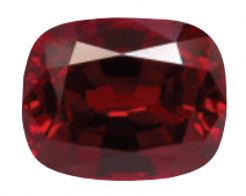
Vivid
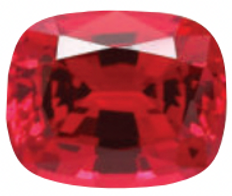
Intense

Medium
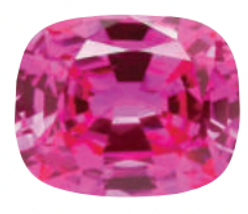
Pigeon Blood Ruby
“Pigeon’s blood” is the term originating from the. valley of Mogok, Burma. It is used to described rubies that contain red to slightly purplish or pinkish red colour with a soft, glowing, red fluorescence.
The term is derived from comparing a ruby to the ‘first two drops of blood’ from a freshly killed pigeon. It was traditionally used to describe Burmese rubies that contain a bright vibrant glowing red, with none to very slight overtone of purple.
The terms are commonly used to describe some shades of rubies. However, different gemological laboratories use their own standards with different ranges of colour, and in different cases, each of the above terms can refer to a very wide and arbitrary range of red.

Clarity
Clarity of a gem is judged based off the gem’s opacity and how much inclusions does the gem contain. The assessment of clarity is often done thru eye clean and it follow the same grading as with diamonds. Inclusions within the gem affects the value of the gem. The more visible the inclusions are to the visible eye, the lower the value of the gem.

Rubies with 3 different opacity
Rubies typically expected to contain inclusions, because inclusion-free rubies are practically nonexistent. Value of the ruby depends on how visible the inclusions are. Obvious inclusions, or inclusions that reduce transparency or brightness, lower a ruby’s value drastically.
Several types of inclusions are found in rubies. Among these are long thin mineral inclusions called needles. Fine needles are called silk. They usually occur as the mineral rutile in intersecting groups.
Clarity Grades of Rubies
Clarity in transparent rubies is assessed by naked eye only and at distance of about 40cm. Transparent rubies that are free of inclusions are almost non-existent thus visible inclusions are common and accepted.
Inclusions usually make a stone less valuable. Price can drop substantially if the inclusions threaten the stone’s durability. However, there are some inclusions that can actually increase the value of some rubies. One such example is the Star Ruby.
Star Ruby
Star Rubies, along with Star Sapphires, belong to the phenomenal corundum category. They contain tiny, needle-like inclusions which are oriented in a specific way, which causes a star shape reflection. The star effect is called asterism. The stars are usually made up of 2 or 3 intersecting bands, resulting in 4, 6 rays. In very rare occasions where there are 6 bands, giving 12 rays.
These specific inclusions results in star rubies being highly valued and coveted. Two different sets of inclusions—one of rutile and one of hematite—oriented in slightly different directions can cause a 12-rayed star.
These specific inclusions results in star rubies being highly valued and coveted. There are two different sets of inclusions that can cause a 12 rayed star, rutile and hematite inclusions. The finest stars are very distinct, centered on the top of the stone, and visible from a reasonable distance. The most valued star corundum is one that is semi-transparent, with just enough silk to create a well-defined star.
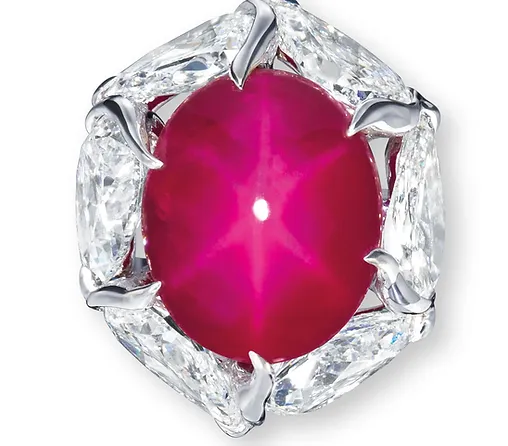
Cut
The shape of the ruby crystal influences the finished stone’s shape and size. Gem cutters focus on factors such as pleochroism, and the shape of a crystal to determine the suitability of the cut. This will allow them to achieve best overall colour and proportions while retaining the most weight.

Ruby Shapes
Ruby rough is very expensive, the most common shapes of fashioned rubies are ovals and cushions with brilliant-cut crowns of kite-shaped and triangular facets. This is done in order to reduce potential weight loss and accommodate to the crystal shape. Other cuts are also available but they are more rare in higher qualities and larger sizes. Cutters try to conserve as much weight as possible due to the expensive rough, this sometimes result in an unattractive see-through area in the stone called a window when they produced a shallow ruby from a flattened ruby rough.
Pleochroism
A characteristic that rubies display is pleochroism. It refers to having different colours when viewed in different directions. In rubies, it typically appears as red to purplish red in one crystal direction and orangey red in the other. Cutters try to reduce the orangey red colour by orienting the table facet perpendicular to the long crystal direction. However it is not possible to orient it perfectly to the ideal colour because it will cause too much potential weight loss to the ruby crystal.

Carat
Gemstones such as Rubies are denser than diamonds, therefore the carat weight for a gemstones differs from that of a diamond. Size of gemstones, including rubies, are measured by carat as well as their diameter in millimeters. A ruby measuring six millimeters in diameter is roughly equivalent to one carat. Same with diamond, the larger the gemstone the more valuable it is. The price increases non linearly as well. buying many small gemstones is cheaper as compared to a single large gemstone that have the same weight as all the small gemstones combined.
Rubies have size range from a few points to hundreds of carats. However, large commercial quality rubies are readily available in wide size ranges compared to fine quality ones, because it is rare to find fine quality rubies over one carat . Therefore the price per carat goes up significantly as ruby size increases.

